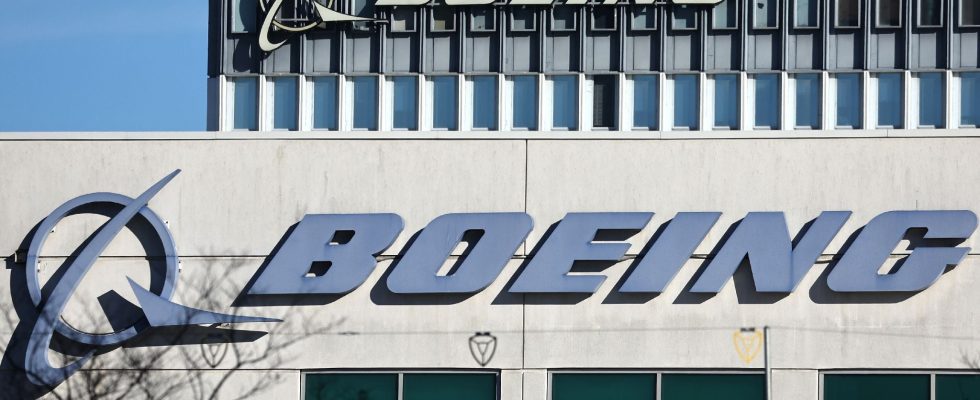He was only 62 years old and could have enjoyed a peaceful retirement after thirty-two years of good and loyal service. But John Barnett decided otherwise. This former Boeing employee was found dead this Saturday March 9 in his truck parked in the parking lot of the hotel where he had been staying for several days. According to information from the Charleston County coroner, John Barnett took his own life.
In order to understand the context in which this ultimate gesture takes place, let’s rewind the thread to land in early March in South Carolina. A week before killing himself, John Barnett sets down in the port city of Charleston with a project in mind: that of bringing down Boeing, whose failings he has continued to denounce.
A final week punctuated by interrogations
Retired for more than six years, the sixty-year-old is however waiting for this month of March to make an official statement against his former employer. A series of interrogations then followed, conducted alternately by his own lawyers and those of Boeing. John Barnett notably accuses his former employer of having engaged in a strategy of denigration. Worse, for having hindered his career because of the problems he reported while he was still working for Boeing.
Because upon his arrival in 2010 as quality manager at the North Charleston factory where the 787 Dreamliners – ultra-modern planes used mainly on long-haul routes – are manufactured, John Barnett challenged his hierarchy. The observation he draws is the following: to meet deadlines, workers are subjected to too much pressure, to the point of compromising the safety of the machines. The reports follow one another and are made to different individuals. But all will remain a dead letter.
Embarrassing revelations
Skull, once retired, John Barnett decided to come out of silence in 2019 to take on the role of whistleblower. From our colleagues at the BBC, he confides and reveals an anthology of failures resulting from shortcomings attributable to Boeing. All of them are likely to seriously compromise passenger safety. John Barnett reveals, for example, that poor quality parts were knowingly fitted to certain devices. This is to avoid delays on the production line.
But that’s not all. At the same time, the former employee made public the results of internal tests carried out on the emergency oxygen systems within Boeing 787s. And the results are damning: 1 in 4 respiratory masks do not work. Faced with these allegations, Boeing adopts a strategy consisting of denial outright. To the accusations relating to oxygen equipment, the company explains for example that it “identified certain oxygen bottles which were not deploying correctly”, but refutes having installed them on planes.
Boeing, an endless fall
Bad luck, a study carried out two years earlier by the American regulatory authority for civil aviation, the Federal Aviation Administration (FAA), notably confirmed the presence of around fifty “non-compliant” parts. According to information from our colleagues at the BBC, the FAA even urged Boeing to take corrective measures. For the American manufacturer, this report begins a slow descent into hell which today, more than ever, seems endless.
At the beginning of February, after a succession of bad news, Boeing found itself forced to make its mea culpa. In front of his employees gathered for the occasion, the boss of the manufacturer’s commercial aviation branch, Stan Deal, recognizes “a problem of non-compliance on certain fuselages of the 737”. The manager tries to reassure, promising that these malfunctions are “safe” for the planes in service. But the cascading hiccups of recent years now weigh heavily. As the saying goes, “the damage is done”, and these revelations are not likely to reassure the general public. Even more so, after the two fatal accidents that occurred a few months apart in October 2018 and March 2019. Fifteen days later, the company announced the departure of the head of the 737 MAX program.
A descent into hell that never ends, as demonstrated in the latest episode. The American manufacturer finds itself caught again by the FAA. After the incident in January when an emergency exit door detached from a Boeing 737 max in mid-flight, the aviation watchdog carried out a six-week audit. And the results of the inspection are clear: in its report, unveiled this Monday by THE New York Times, the FAA paints a vitriolic portrait of the aeronautics giant, with more than “a dozen problems observed throughout the manufacturing process at the aircraft manufacturer and one of its main suppliers”. The American manufacturer is definitely not at the end of its troubles.
